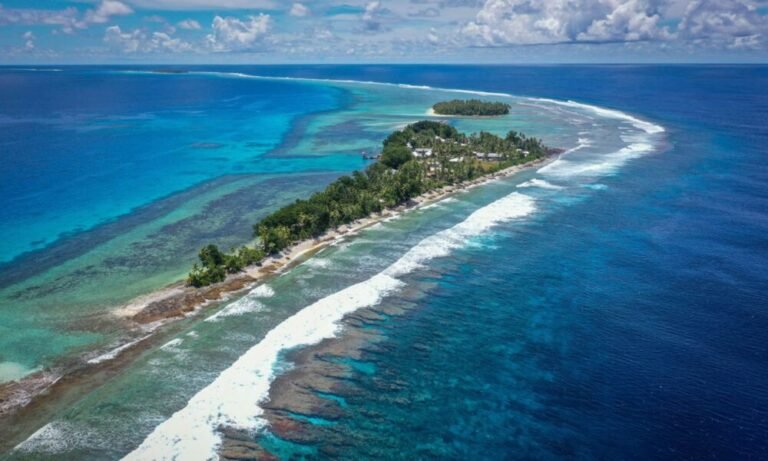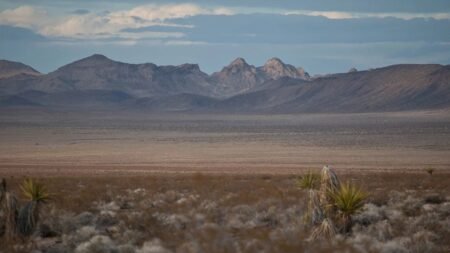Sea-level rise is one of the most serious effects of climate change, posing a growing threat to millions of people who live near coastlines. This phenomenon refers to the steady increase in the average height of the world’s oceans, caused mainly by warming temperatures and melting ice. As the planet heats up, oceans expand and ice sheets shrink, pushing water levels higher. The result is more frequent flooding, coastal erosion, and damage to homes and infrastructure in vulnerable areas.
One of the main causes of sea-level rise is thermal expansion. When ocean water warms, it expands and takes up more space. Since the industrial era, human activity has increased greenhouse gas emissions, which trap heat in the atmosphere. About 90% of this extra heat ends up in the oceans, causing them to swell. This expansion alone has contributed significantly to rising sea levels over recent decades.
Another major factor is the melting of glaciers and ice sheets. Large ice masses in Greenland, Antarctica, and mountain regions are melting faster than before. This adds fresh water to the oceans, increasing their volume. The loss of ice from polar ice caps and shelves also plays a role. As these frozen areas break down, more water flows into the seas, accelerating the rise.
Recent data shows that the rate of sea-level rise has roughly doubled since the 1990s. This faster increase puts millions of people living in low-lying coastal regions at risk. Flooding has become more frequent and severe, damaging homes, roads, and other critical infrastructure. It also threatens important ecosystems like wetlands and mangroves that act as natural buffers against storms.
Erosion is another serious impact of rising seas. Shorelines are being worn away more quickly, which can destroy beaches and lead to loss of land. This threatens not only natural habitats but also communities that depend on the coast for their livelihoods. Saltwater intrusion is also a growing concern. As sea levels rise, saltwater moves inland into freshwater supplies, harming drinking water sources and agricultural land.
Experts warn that if global warming continues unchecked, sea-level rise will worsen significantly. Projections indicate that with a 2°C increase in global temperature, the effects on coastal areas will be far more severe than if warming is limited to 1.5°C. This makes efforts to reduce greenhouse gas emissions critical to slowing the pace of ocean level increases.
To protect vulnerable communities, governments and organizations are focusing on both mitigation and adaptation strategies. Reducing emissions is the most important step to limit future sea-level rise. However, since some rise is already locked in, coastal defenses are being strengthened. Sea walls, levees, and restored natural barriers help reduce flood damage. In some cases, communities are planning to relocate or change land use to avoid the worst impacts.
Sea-level rise is not only a threat to people but also a vital scientific indicator of climate change. It reflects the planet’s energy imbalance and the amount of heat trapped by greenhouse gases. Monitoring sea levels helps scientists understand the speed of global warming and predict future changes. This knowledge is essential for planning effective responses.
The growing challenge of sea-level rise highlights the need for urgent and coordinated global action. Protecting coastal regions means both cutting emissions quickly and preparing for the changes already underway. Without these efforts, rising seas will cause greater damage, displace millions, and threaten the natural systems that support life on Earth.







